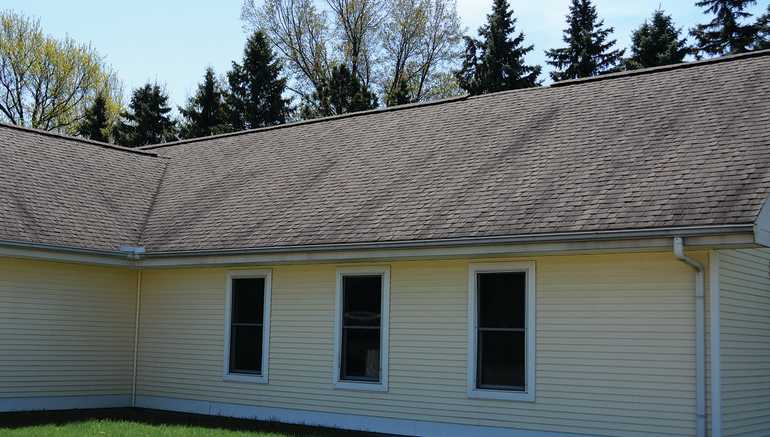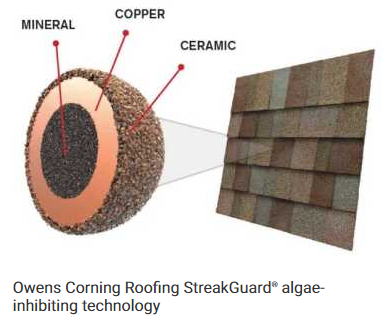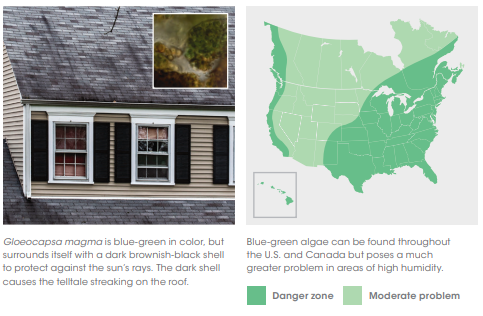IL License Number: 104.017181
IL License Number: 104.017181

When it comes to maintaining a beautiful and durable roof, understanding the challenges posed by roof algae is essential. This unsightly problem not only affects the aesthetic appeal of your home but can also lead to long-term damage if not addressed properly. In this blog post, we’ll delve into everything you need to know about roof algae, including why it appears, how to prevent its growth, and effective maintenance strategies.
The blue-green algae often found on roofs, scientifically known as Gloeocapsa magma, is a type of cyanobacteria that thrives in warm, humid environments. It appears as dark streaks or stains on roof shingles, particularly in areas that receive less sunlight. This algae feeds off the limestone filler commonly used in asphalt shingles, which is why it’s prevalent on many modern roofs.
GAF Timberline HDZ shingles are often our product of choice when it comes to combatting algae on a new roof installation. GAF has a Time-Release Algae-Fighting Technology that’s engineered with thousands of copper microsites designed to release algae-fighting copper efficiently, over time, for long-lasting algae-fighting power. Additionally, they provide their 25-Year StainGuard Plus™ Algae Protection Limited Warranty to cover certain issues, should they develop.
An additional go-to product for us are shingles by Owens Corning. Owens Corning offers a complete line of algae-resistant asphalt shingles that feature StreakGuard® Protection, an algae-inhibiting technology to help reduce algae growth. Owens Corning shingles have a 25-year Algae Resistance Limited Warranty on the following shingle lines: Oakridge® Series, Duration® Series, Berkshire®, Woodcrest®, and Woodmoor®. To get the most protection and warranty, homeowners would need to use an approved Owens Corning Hip and Ridge shingle product: ProEdge®, RIZERidge®, DecoRidge®, DuraRidge®, ImpactRidge®, or Berkshire.

Schedule regular roof inspections to catch and address algae growth early. This can prevent the spread and avoid more extensive cleaning or repair costs in the future.
While not all of our customers struggle with the presence of algae on their roofs, we are frequently asked about it and do notice it with some consistency.
At one of our recent Hoffman Estates roof replacement projects the homeowner was very concerned about a large algae spot that had developed on her roof, wanting to ensure that it did not return once the new shingles were in place. This helped inform our choice of GAF Timberline HDZ shingles in their Barkwood color, due to their aforementioned algae protection technology and warranty. Since keeping the roof algae free was important to this client, GAF was a perfect choice (along with reviewing these important maintenance tips)!

To request more information, please contact us online or call 847-847-2883 today!
With over twenty years in business and hundreds of satisfied customers, we know what it takes to properly maintain a home. Join the family of satisfied homeowners who trust Holda Construction Roofing and Siding for all their roofing and siding needs.
We look forward to working with you!
Address
317 W Colfax St. Suite 102
Palatine, IL 60067